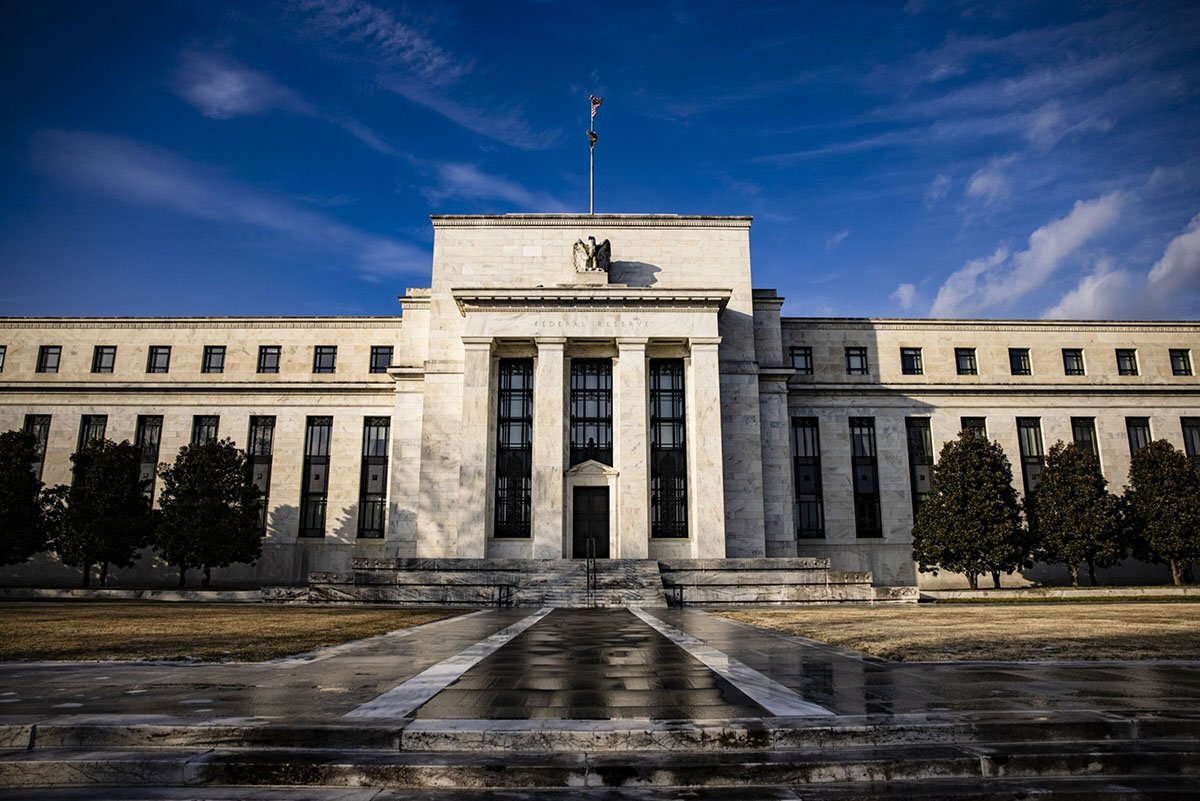Wall Street economists are telling investors to brace for thebiggest tightening of monetary policy in more than a decade.
|With the world economy heading into its strongest period since2011, Citigroup Inc. and JPMorgan Chase & Co. predictaverage interest rates across advanced economies will climb to atleast 1% next year in what would be the largest increase since2006.
|As for the quantitative easing that marks its 10th anniversaryin the U.S. next year, Bloomberg Economics predicts net assetpurchases by the main central banks will fall to a monthly $18billion at the end of 2018, from $126 billion in September, andturn negative during the first half of 2019.
|That reflects an increasingly synchronized global expansionfinally strong enough to spur inflation, albeit modestly. The testfor policy makers, including incoming Federal Reserve Chair JeromePowell, will be whether they can continue pulling back withoutderailing demand or rocking asset markets.
|“2018 is the year when we have true tightening,” said EbrahimRahbari, director of global economics at Citigroup in New York. “Wewill continue on the current path where financial markets can dealquite well with monetary policy but perhaps later in the year, orin 2019, monetary policy will become one of the complicatingfactors.”
|A clearer picture should form this week when the Norges Bank,the Fed, the Bank of England (BOE), the European Central Bank(ECB), and the Swiss National Bank (SNB) announce their finalpolicy decisions of 2017. They collectively set borrowing costs formore than a third of the world economy. At least 10 other centralbanks also deliver decisions this week.
|The Fed will dominate the headlines on Wednesday amidpredictions it will raise its benchmark by a quarter of apercentage point. Outgoing chair Janet Yellen is set to signal moreincreases to come in 2018. On Thursday, the SNB, BOE, and ECB willmake decisions in quick succession, although each is forecast tokeep rates on hold.
|There will likely be more activity next year, as Citigroupestimates the advanced world's average rate will reach its highestsince 2008, climbing 0.4 percentage point to 1 percent. JPMorganprojects its gauge to rise to 1.2 percent, a jump of more than halfa percentage point from 0.68 percent at the end of this year.
|Citigroup expects the Fed and its Canadian peer to move threetimes and the U.K., Australia, New Zealand, Sweden, and Norwayonce. JPMorgan is forecasting the U.S. will shift four times. Thelatest Bloomberg survey also showed three Fed hikes in 2018 butmoved one of them forward to March from June.
|Behind the shift are expectations that the world economy willexpand around 4 percent next year, the best since a post-recessionbounce in 2011. Among the accelerators: falling unemployment,stronger trade, and business spending, as well as a likely tax cutin the U.S.
|The International Monetary Fund predicts consumer prices inadvanced economies will climb 1.7 percent next year, the most since2012, although it remains below the 2 percent most central banksview as price stability.
|The global tightening will still leave rates low by historicalstandards, and central banks may ultimately hold fire if inflationstays weak. Neither the ECB nor the BOJ are currently expected tolift their benchmarks next year.
|Past and ongoing bond buying will cushion the withdrawal ofstimulus elsewhere, as will easing by some emerging market centralbanks. Russia and Colombia may follow Brazil this week in cuttingtheir benchmarks.
|While BOE Governor Mark Carney and ECB President Mario Draghipivoted away from easy money without roiling financial markets, thecalm may not last. The Bank for International Settlements warnedthis month that policy makers risk lulling investors into a falsesense of security that elevates the risk of a correction in bondyields.
|From: Bloomberg
|Copyright 2018 Bloomberg. All rightsreserved. This material may not be published, broadcast, rewritten,or redistributed.
Complete your profile to continue reading and get FREE access to Treasury & Risk, part of your ALM digital membership.
Your access to unlimited Treasury & Risk content isn’t changing.
Once you are an ALM digital member, you’ll receive:
- Critical Treasury & Risk information including in-depth analysis of treasury and finance best practices, case studies with corporate innovators, informative newsletters, educational webcasts and videos, and resources from industry leaders.
- Exclusive discounts on ALM and Treasury & Risk events.
- Access to other award-winning ALM websites including PropertyCasualty360.com and Law.com.
*May exclude premium content
Already have an account? Sign In
© 2024 ALM Global, LLC, All Rights Reserved. Request academic re-use from www.copyright.com. All other uses, submit a request to [email protected]. For more information visit Asset & Logo Licensing.







